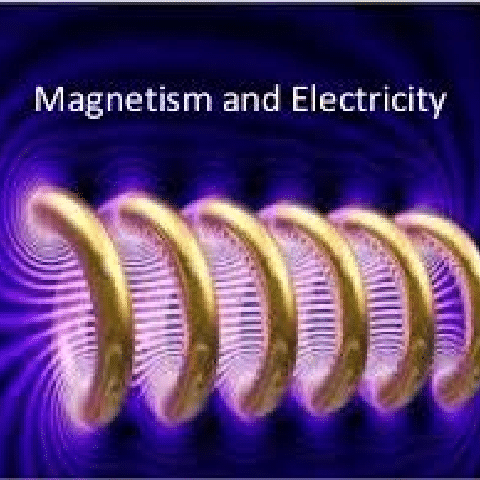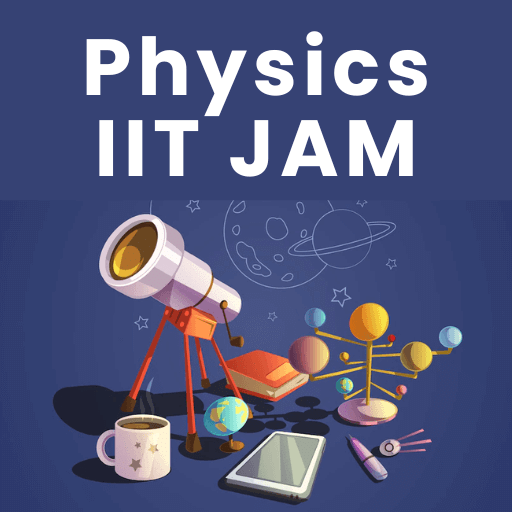Best Study Material for Grade 11 Exam
Grade 11 Exam > Grade 11 Notes > Chemistry for Grade 11 (IGCSE) > Structure of Atom
Structure of Atom | Chemistry for Grade 11 (IGCSE) PDF Download
| Table of contents |

|
| What is Atomic Structure? |

|
| Protons, Neutrons & Electrons |

|
| Defining Proton Number |

|
| Defining Mass Number |

|
| Deducing protons, neutrons & electrons |

|
What is Atomic Structure?
- All substances are made of tiny particles of matter called atoms: Atoms are like the bricks that build everything around us. Just like how bricks are used to construct a building, atoms are the fundamental units of matter that make up everything we see and touch.
- Each atom is made of subatomic particles known as protons, neutrons, and electrons: Think of an atom as a tiny solar system, with a central nucleus made up of protons and neutrons (like the sun) and electrons orbiting around them (like planets).
- Protons and neutrons are situated at the center of the atom, termed the nucleus: The nucleus is like the core of an atom, where most of its mass is concentrated. Protons carry a positive charge while neutrons have no charge.
- Electrons swiftly orbit the nucleus in defined paths called shells: Imagine electrons as fast-moving objects orbiting the nucleus in specific energy levels, similar to how planets move around the sun at different distances.
- The electron's mass is negligible, hence an atom's mass is primarily concentrated within the nucleus where protons and neutrons reside: Although electrons are crucial for chemical reactions and bonding, they contribute very little to the overall mass of an atom compared to the heavy protons and neutrons in the nucleus.

Protons, Neutrons & Electrons
- Atoms are incredibly small, making it impractical to compare their masses using conventional units like kilograms or grams. Instead, the concept of relative atomic mass is employed.
- A relative atomic mass unit is defined as 1/12th the mass of a carbon-12 atom.
- Elements are evaluated concerning the mass of a carbon-12 atom, with the relative atomic mass having no inherent units.
- For instance, hydrogen possesses a relative atomic mass of 1, indicating that 12 hydrogen atoms equate in mass to a single carbon atom.
- Protons, neutrons, and electrons constitute the subatomic particles of an atom.
- These particles exhibit specific relative masses and charges, crucial for understanding atomic structure.

Question for Structure of Atom
Try yourself:
What are the three subatomic particles that make up an atom?View Solution
Defining Proton Number
- The atomic number (or proton number) represents the count of protons housed within the nucleus of an atom.
- The symbol used to denote atomic number is typically 'Z'.
- Atomic number is equivalent to the number of electrons situated within a neutral atom. This count also dictates the element's placement on the Periodic Table.
Defining Mass Number
- The mass number, also known as the nucleon number, represents the total sum of protons and neutrons within an atom's nucleus.
- The symbol 'A' is used to denote the nucleon number in atomic notation.
- To find the number of neutrons in an atom, subtract the proton number from the nucleon number.
- Protons and neutrons collectively are referred to as nucleons.
- Atomic notation displays the atomic number and mass number of an element.
- On the Periodic Table, elements are listed with their atomic (proton) number above and relative atomic mass below. While relative atomic mass differs from the mass number, it is generally interchangeable for exams, except for chlorine.


 |
Test: Elements, Compounds and Mixtures & Structure of Atom
|
Start Test |
Start Test
Deducing protons, neutrons & electrons
Finding the protons
- The atomic number of an atom and ion determines which element it is. Therefore, all atoms and ions of the same element have the same number of protons (atomic number) in the nucleus. For example, lithium has an atomic number of 3 (three protons) whereas beryllium has an atomic number of 4 (four protons).
- The number of protons equals the atomic (proton) number. The number of protons of an unknown element can be calculated by using its mass number and number of neutrons.
Mass number = number of protons + number of neutrons
Number of protons = mass number – number of neutrons
Finding the electrons
- An atom is neutral and therefore has the same number of protons and electrons
 |
Download the notes
Structure of Atom
|
Download as PDF |
Download as PDF
Finding the neutrons
- The mass and atomic numbers can be used to find the number of neutrons in ions and atoms:
Number of neutrons = mass number – number of protons
Question for Structure of Atom
Try yourself:
What is the atomic number of an element?View Solution
The document Structure of Atom | Chemistry for Grade 11 (IGCSE) is a part of the Grade 11 Course Chemistry for Grade 11 (IGCSE).
All you need of Grade 11 at this link: Grade 11
|
103 docs|53 tests
|
FAQs on Structure of Atom - Chemistry for Grade 11 (IGCSE)
| 1. What is the atomic structure of carbon? |  |
| 2. How is the proton number defined in atomic structure? |  |
Ans. The proton number, also known as the atomic number, is the number of protons in the nucleus of an atom. It determines the element's identity on the periodic table.
| 3. What is the mass number and how is it defined in atomic structure? |  |
Ans. The mass number is the total number of protons and neutrons in the nucleus of an atom. It is represented by the symbol 'A' and is used to calculate the atomic mass of an element.
| 4. How is atomic structure notation used to represent an atom? |  |
Ans. Atomic structure notation includes the element symbol, mass number, and atomic number. For example, the notation for carbon-12 would be written as 12C, where 12 is the mass number and C is the element symbol.
| 5. Why is understanding atomic structure important in chemistry? |  |
Ans. Understanding atomic structure is crucial in chemistry as it helps explain the behavior of elements, their reactivity, and how they bond with other elements to form compounds. It also provides the foundation for understanding the periodic table and chemical reactions.
Related Searches






























